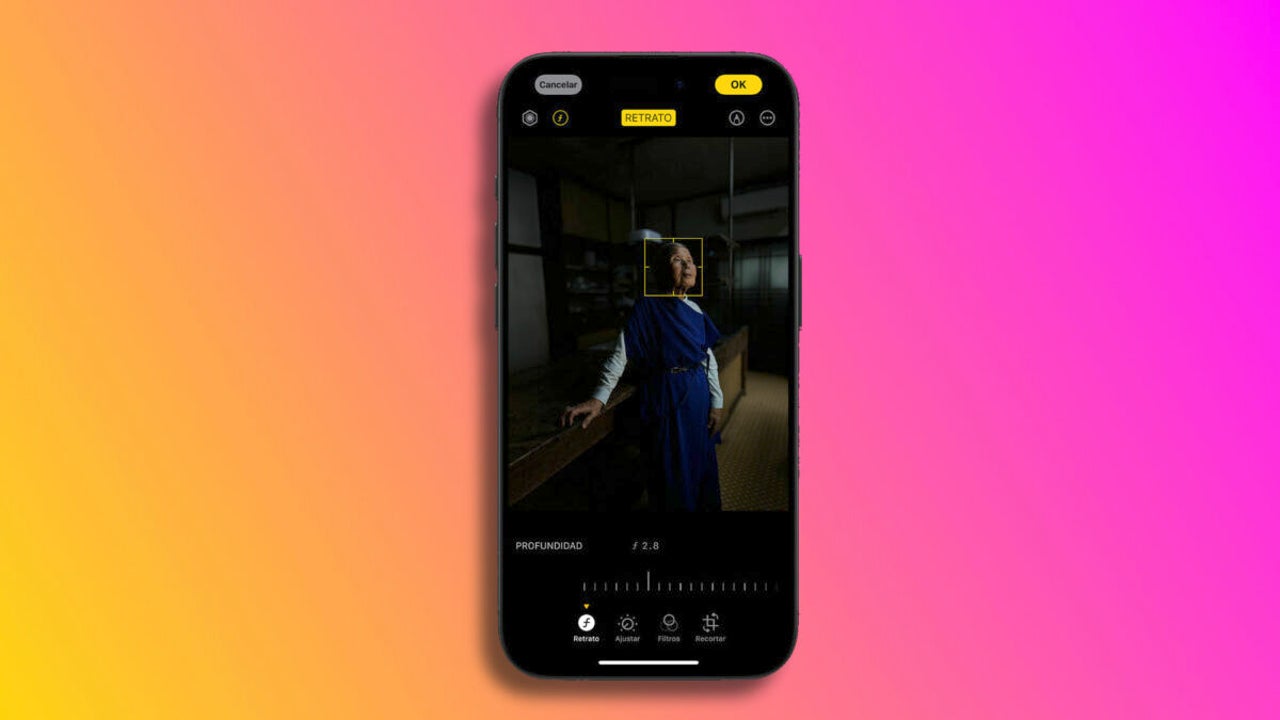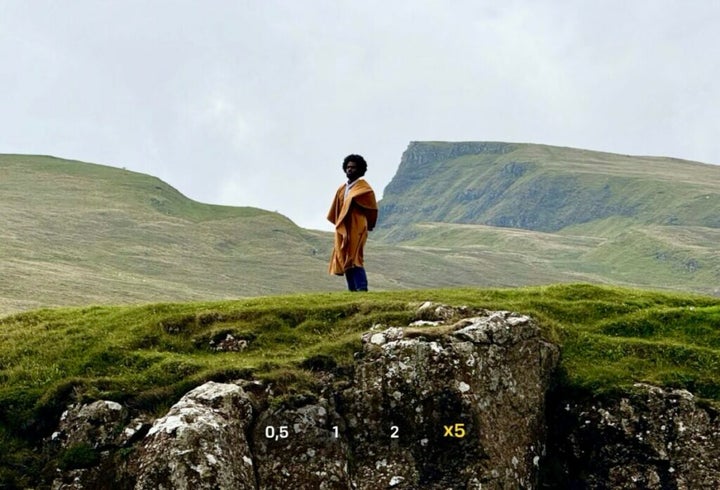News
Apple explains the “why” behind the cameras of the iPhone 15: design, capabilities, formats, and more
A lot of technology to achieve the best photo with every shot.

- September 24, 2023
- Updated: July 2, 2025 at 1:09 AM

With the recent release of the iPhone 15, Apple has taken a new step in the evolution of its camera system. In an interview with PetaPixel, an Apple executive explained the philosophy behind the cameras of these new devices and how they aim to balance simplicity with the growing demands of creators.
A philosophy centered around simplicity
Apple has always aimed to make its devices enable users to be “in the moment.” Jon McCormack, Vice President of Camera Software Engineering at Apple, described the primary goal as making it easier for people to achieve their vision, from a parent trying to capture their child’s first steps to a professional seeking a specific aesthetic.
The company believes that while specialized photographers are concerned with camera settings, lighting, or composition, iPhone users should be able to simply focus on their vision. That’s why they have chosen to maintain the simple and easy-to-understand interface we are already familiar with despite various improvements and new capabilities.
One of the standout features of the iPhone 15 Pro is the ability to set a focal length in photography mode, allowing you to choose between 24mm, 28mm, and 35mm with just a touch of a button. It may seem like a minor detail, but McCormack explains that this feature is achieved through dedicated neural networks that adapt and optimize information from the 48-megapixel sensor’s pixels.
However, and this has attracted attention, when recording video, you will notice that these specific focal lengths are not available. The explanation is simple, as McCormack comments, and it’s due to real-time processing limitations in video mode because each frame must be processed at the corresponding frame rate, and the adaptation and optimization that are possible with still photos cannot be performed.

Regarding exposure during recording in log mode, Apple has confirmed that they have chosen a balanced exposure. McCormack points out that when recording in log, there is no tone mapping. Additionally, Apple will provide LUT (Look-Up Table) profiles to editors to facilitate color grading of the resulting footage.
Design decisions and megapixels
Despite having a 48-megapixel primary sensor, Apple has opted for a default configuration of 24 megapixels. McCormack justifies this decision by explaining that you get a higher dynamic range in 24-megapixel photos. Furthermore, when shooting at 24 megapixels, there is no shutter lag, which does occur when using the full 48-megapixel resolution.

As the iPhone gains more capabilities, advanced users aspire to greater control. Although the iPhone 15 now has more photographic capabilities, it may not offer all the controls or options that could be envisioned. As with other aspects, Apple focuses on a simple design and relies on third-party developers to cater to those advanced users who seek to fully utilize the hardware and software.
Nevertheless, Apple’s commitment to simplicity and quality in the world of photography and videography is evident with the iPhone 15. These devices are not just phones but powerful capture tools. With each design and feature, Apple aims to ensure accessibility and provide an easy experience for everyone.
Architect | Founder of hanaringo.com | Apple Technologies Trainer | Writer at Softonic and iDoo_tech, formerly at Applesfera
Latest from David Bernal Raspall
You may also like
 News
NewsThis free streaming service is standing up to the biggest players: how does it do it?
Read more
 News
NewsArtificial intelligence is transforming advertising: for better?
Read more
 News
NewsCan Blizzard make a comeback in 2026?
Read more
 News
NewsThe best game of 2025 has been disqualified from the Indie Game Awards because of AI
Read more
 News
NewsThis way you can make your internet browsing more sustainable: for a more eco-friendly 2026
Read more
 News
NewsThey have just released one of the best movies of 2025 on SkyShotime: perfect for Christmas
Read more